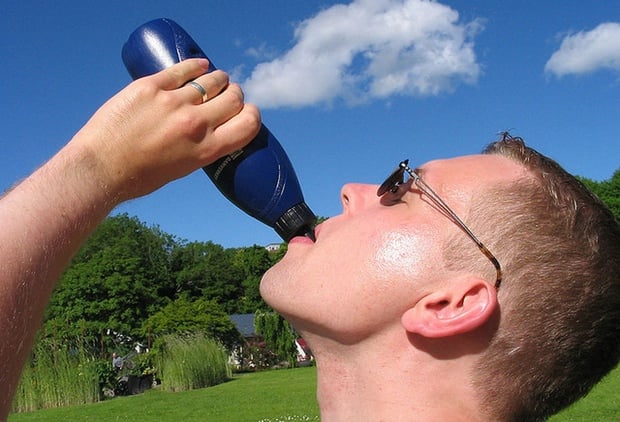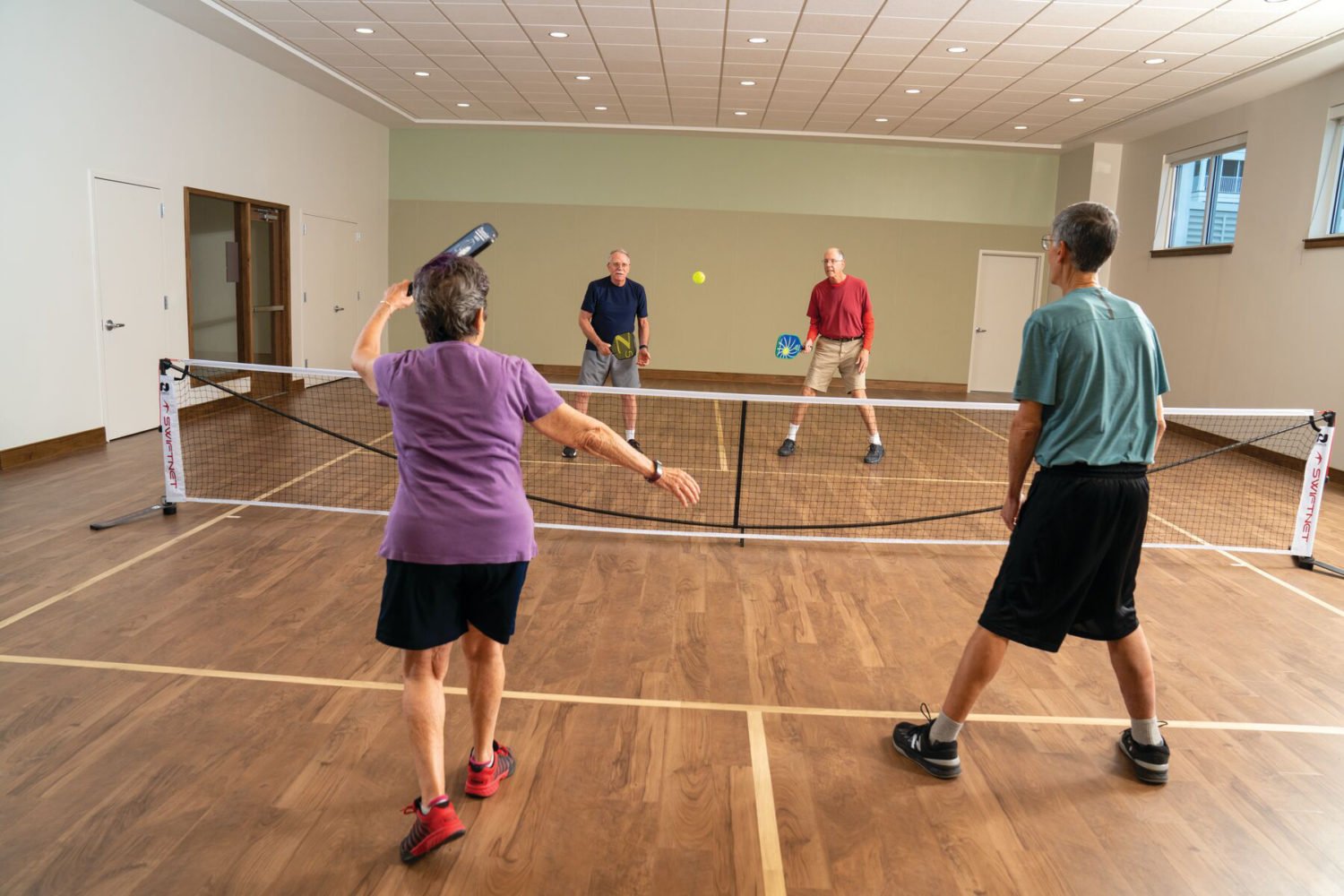Let’s face it—the heat and high humidity have become unbearable not just in Washington, but up and down the East Coast and the rest of the country. And with all the power outages, some of us can’t even escape to an A/C-equipped gym to get in a workout.
So when you’re stuck to taking that run outside, it’s crucial to keep your body cool, says Mike Everts, founder of Fit Personal Training Gym.
The easiest tip? Exercise outdoors before 10 AM or after 6 PM, when the temperature hasn’t yet hit its peak or is beginning to drop, Everts says. If exercising in the heat is something you plan to do regularly this summer, he recommends acclimating your body to the environment. “It’s a good idea to avoid jogging outside when it’s hotter than 90 degrees,” he says. “But if you’re planning to workout in warm environments, start out with a shorter duration.” Then as your body acclimates, work your way up to longer runs or exercise sessions.
Another lesser-known cooling method works best after an outdoor workout or during a break. Apply a cold compress or ice to your body’s pressure points, where the blood flow is closest to the surface of the skin. Doing this will help cool the blood that circulates throughout the body, Everts explains.
The best pressure point is your neck, but you can also try the insides of elbows, behind the knees, the inner thigh, and the temple (not your forehead, which is often mistakenly thought of as a pressure point). Another less-effective pressure point is found on the inside of your wrists.
Holding an ice-cold water bottle during a workout will not only keep you cool, but research shows that it may help your workout last longer, too.
Some athletes and exercisers try to cool off by wrapping a cold, wet rag around their pressure points during the workout. But Everts explains this method is not ideal: “Evaporation is the primary means of heat leaving the body,” he explains, “so a wet rag that eventually becomes damp and warm will restrict the ability for sweat to evaporate from the body.”
Finally, as tired as you may be of hearing it, staying hydrated is absolutely vital. “It’s a good practice to get into drinking eight ounces of water every 15 to 20 minutes” throughout the day, says Everts. Fifteen minutes prior to exercising, drink 8 to 16 ounces.
“The best thing to do is be hydrated, listen to your body, and acclimate yourself to the activity,” Everts says.













